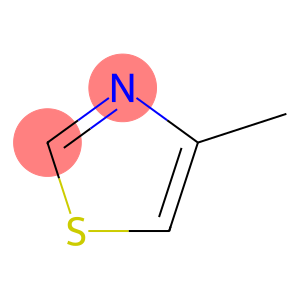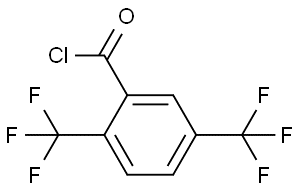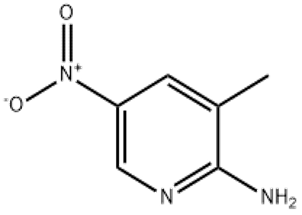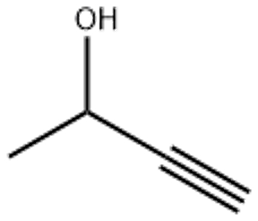4-Methyl thiazole(CAS#693-95-8)
| Risk Codes | R10 – Flammable R22 – Harmful if swallowed R37/38 – Irritating to respiratory system and skin. R41 – Risk of serious damage to eyes |
| Safety Description | S16 – Keep away from sources of ignition. S26 – In case of contact with eyes, rinse immediately with plenty of water and seek medical advice. S39 – Wear eye / face protection. |
| UN IDs | UN 1993 3/PG 3 |
| WGK Germany | 3 |
| RTECS | XJ5096000 |
| TSCA | T |
| HS Code | 29341000 |
| Hazard Class | 3 |
| Packing Group | III |
Introduction
4-Methylthiazole is an organic compound. The following is a brief introduction to the properties, uses, preparation methods and safety information of 4-methylthiazole:
Quality:
- 4-Methylthiazole is a colorless to light yellow liquid.
- It has a strong ammonia smell.
- 4-Methylthiazole is soluble in water and most organic solvents at room temperature.
- 4-Methylthiazole is a weakly acidic compound.
Use:
- 4-Methylthiazole is also used in the synthesis of certain pesticides, such as thiazolone, thiazolol, etc.
- It can also be used in the production of dyes and rubber products.
Method:
- 4-Methylthiazole can be obtained by the reaction of methyl thiocyanate and vinyl methyl ether.
- During preparation, methyl thiocyanate and vinyl methyl ether are reacted under alkaline conditions to form 4-methyl-2-ethopropyl-1,3-thiazole, which is then hydrolyzed to obtain 4-methylthiazole.
Safety Information:
- 4-Methylthiazole is irritating and corrosive and can cause damage to the skin, eyes, and respiratory tract.
- Wear appropriate protective equipment when using and avoid contact with skin and eyes, and avoid inhaling their vapours or dust.
- Attention should be paid to fire and explosion prevention measures during operation and storage, and keep away from ignition sources and oxidants.
- Comply with relevant safe handling and handling practices during use to avoid hazards.








